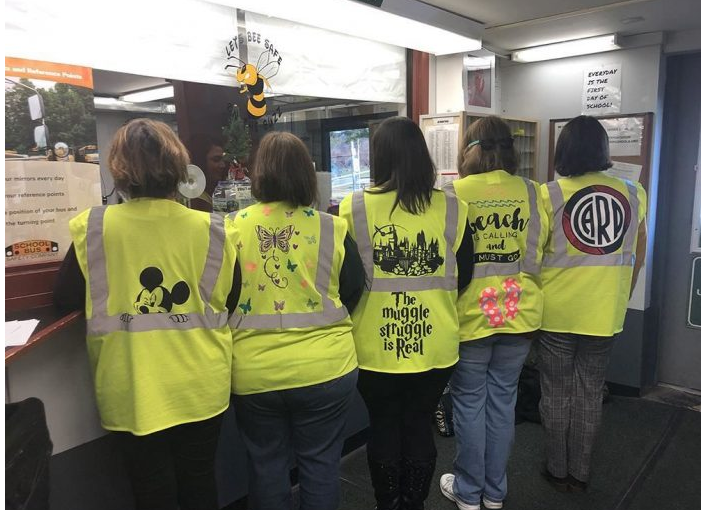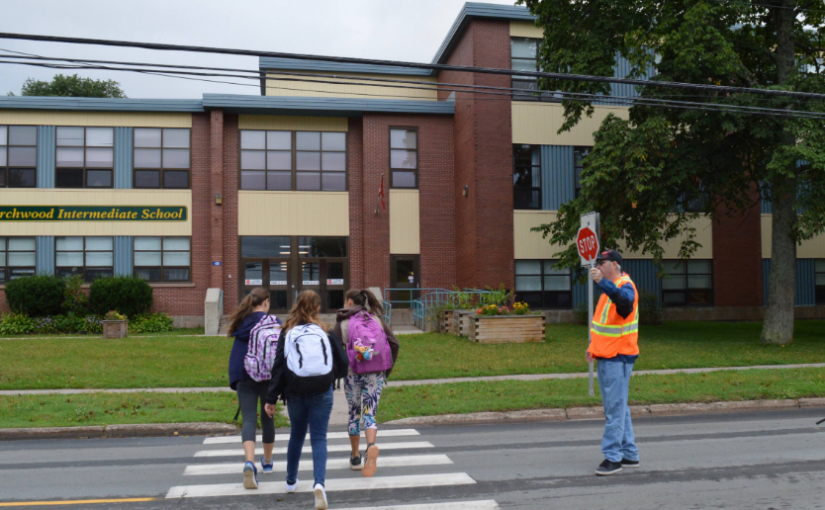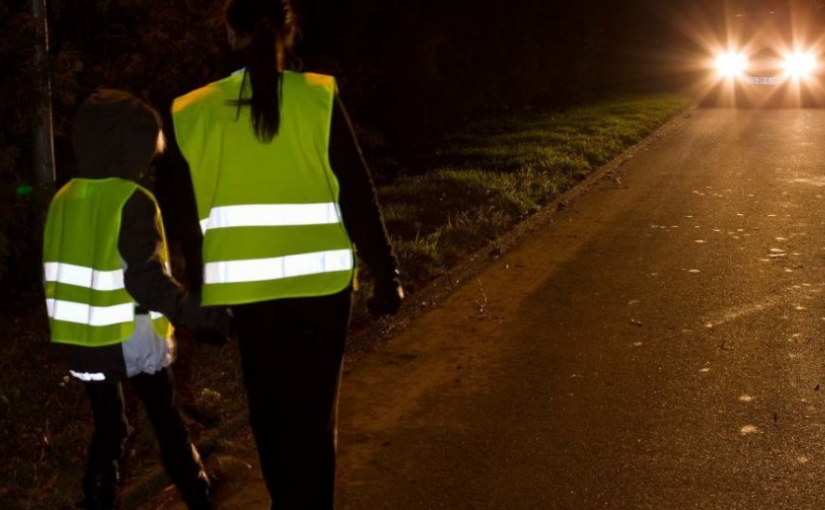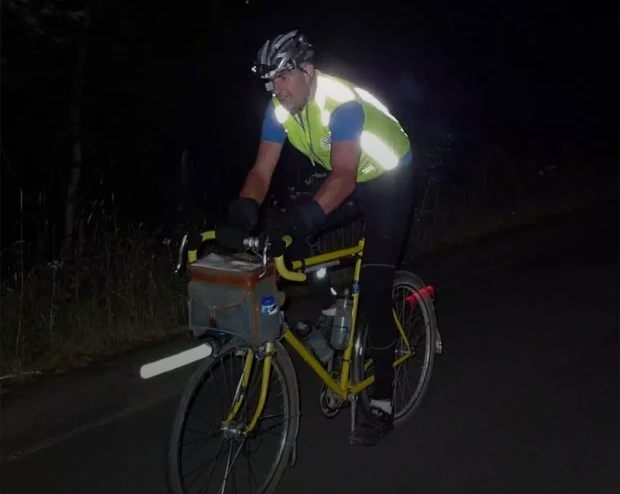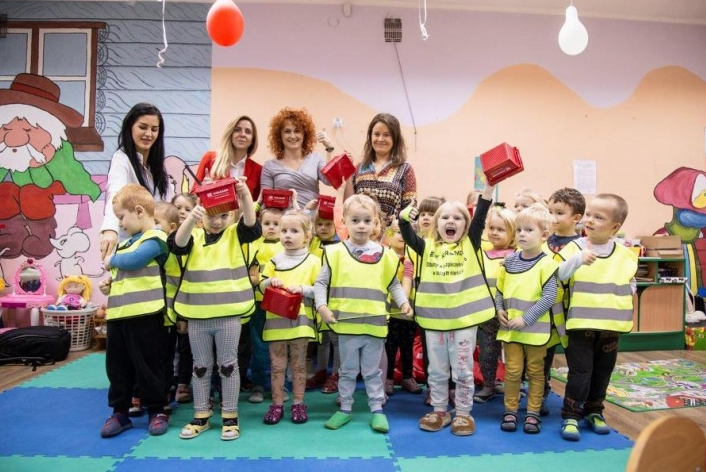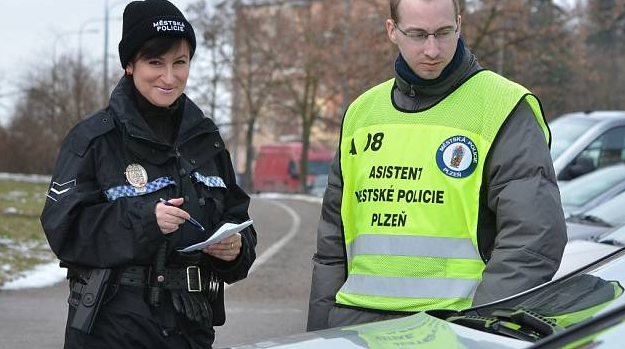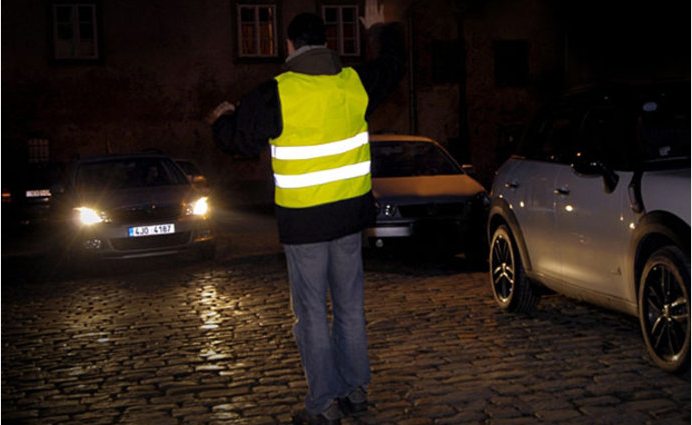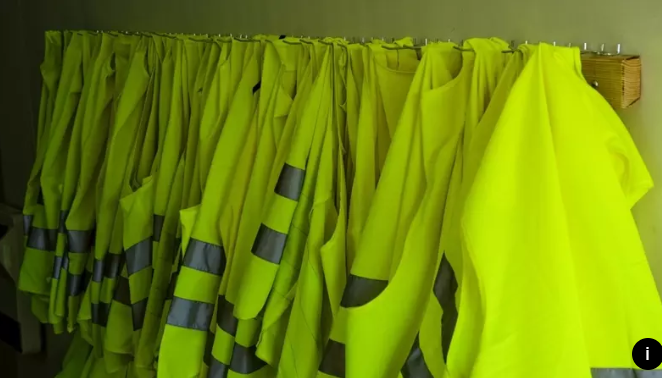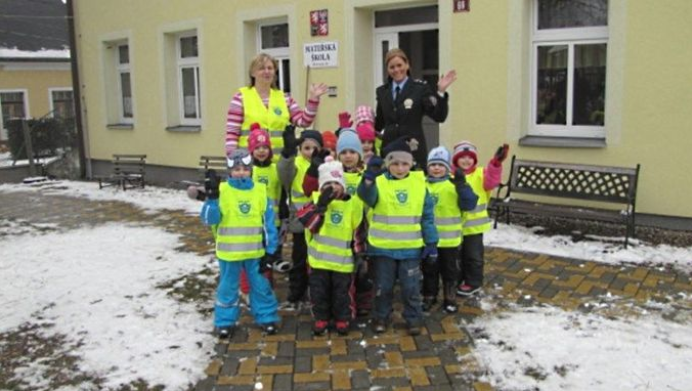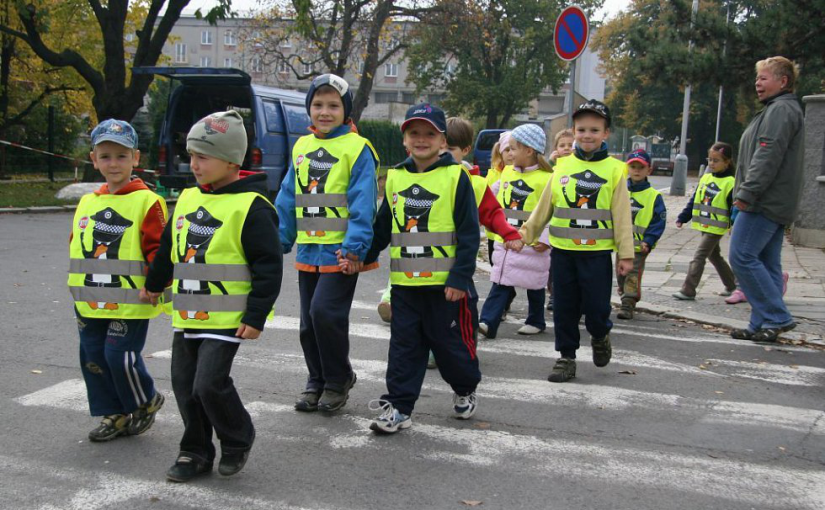The “West Fairy” arrived recently at the Brewster Central School District in New York. Today, her fashion efforts are not only improving transportation department morale but also encouraging more positive interactions with students who ride the school buses.
Five years ago, the district decided for all drivers or any transportation staff members in the school bus yard to wear yellow reflective vests. Mary Smith, supervisor of transportation for the district, said the vests help staff be easily visible to motorists, especially in the early morning, late afternoon or evening.
However, vests quickly became a fashion faux pas among drivers. Smith explained that when she became a supervisor in 2017, the drivers felt more comfortable approaching her to complain about the news situation.
“I came from the driving population and moved up in my role here,” Smith explained. “So, I guess they thought I would have a sympathetic ear. They started asking, ‘Do we have to wear it?’ I certainly want to bypass safety for them, even though they felt uncomfortable wearing it.”
Smith continued, “They started asking,‘ Do we have to wear them while driving? Do we have to wear them when we go to the schools to use the restrooms? ‘Because they felt like it was a fashion faux pas. It matches their outfits, and they walk into that building with all the educators all dressed up nice, and as school bus driver Irene Farias said, they felt like a flag around the side of a highway.”
Farias was also tired of her hearing coworkers complaining about the vests and decided to do something about them. She used a fabric die-cutting machine to make items for her daughter’s wedding, and it soon became a hobby for her.
Farias said she was using the machine so much that the idea came to her to Cricut her news.
“I was listening to everyone complain about their vests, that they are ugly, they are annoying,” Farias said. “I went the opposite [way] because I am positive. I said I am going to embrace my news. I’m going to love my news and make it my own.”
Farias made decorations for her news first and the concept snowballed from there. Her coworkers started asking her to also decorate their vests. Now, Farias has a line of people waiting to be visited by “West Fairy.”
The vests range in style and decoration based on each person’s interests. She said people have asked for sports logos, Harry Potter themes, Disney characters and more.
“One of the women would rather be on the beach because she talks about the beach all the time,” Smith relayed. “Farias made me a shirt, not a news item that says, ‘I Made The Yard Great Again,’ because I’m the new supervisor. The old supervisor is gone, and morale has been lifted. Farias contributed to boosting morale.”
Farias noted that sometimes people would tell her what they want on their vests, while other times, she chooses the design based on their personalities and what they talk about.
“She’s surprised a few people with some vests. Someone retired and made a retired Superman news for them,” Smith explained. “I think a few birthdays gave her the news.”
“I decided that everybody should like their vests,” Farias said. “I’m going to have everyone who wants their vests done to put their name in, and twice a month I’m going to pick a name out and decorate their vests.”
While also boosting departmental morale, Smith said the idea is to give student riders another opportunity to interact positively with their drivers. Smith explained that students often only see the drivers as being disciplinary, and many young students think the drivers never actually leave the bus.
“Fun, but most importantly, it inspires the kids,” Smith said. “This idea kind of personalizes the drivers a little bit and invites a nice friendly conversation about ‘Hey, you like Micky Mouse.’ It makes the driverless intimidating, and the monitors as well, they wear the vests too. And a lot of the monitors have been hit with the fairy. ”
Farias said the idea is spreading, and other surrounding districts have reached out to her about decorating their vests. She said she was hoping her idea spreads even a farther, and expressed the hope that it could even be used as a safety campaign for the community.
“I want mine to say, ‘Red Means Stop,'” Smith added.
